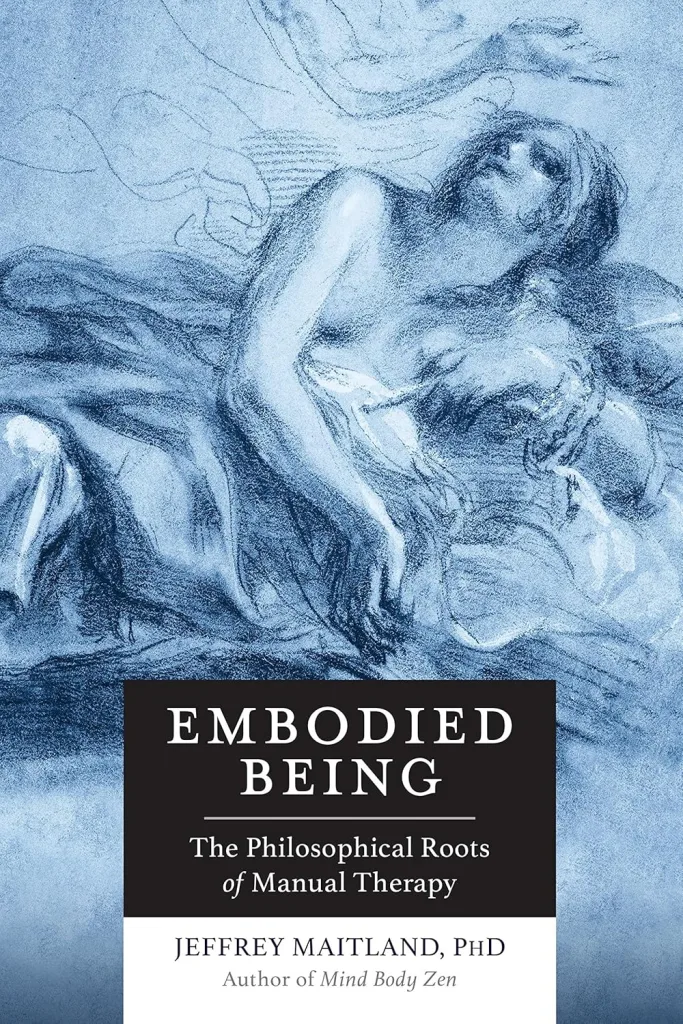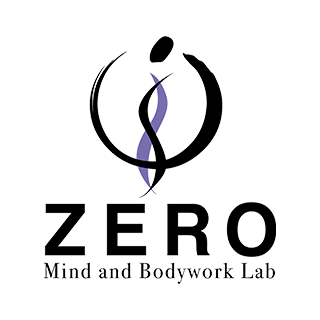Introduction
Hello, I’m Hidefumi Otsuka, offering Rolfing sessions in Shibuya, Tokyo.
From April 8 to 25, 2025, I participated in a three-week (four days per week, Tuesday through Friday, totaling 12 days) Advanced Rolfing Training (AT) held in Ichigaya, Tokyo, organized by the Japan Rolfing Association. The instructors were Ray McCall and Hiroyoshi Tahata.

Summary of AT – A 7-Part Series on “Neutral”
Reflecting on the first half of this Advanced Training, the most profound learning for me was the question: What does it mean to be “neutral” during a session?
To summarize what I’ve taken from the AT, I am writing a seven-part blog series focusing on the theme of “Neutral” under the following titles:
- 1. What is Neutral?
- 2. What is Presence?
- 3. Working with Limitations and Possibilities
- 4. The Relationship Between Energy Work and Body Awareness
- 5. Practicing Right Action
- 6. Listening Touch: The Neutral Way of Touching
- 7. What is Integration?
In this post, I would like to explore the fifth theme: Right Action.
What Is Right Action?
In Rolfing, Right Action does not simply mean “the correct technique” or “proper manipulation.”
The concept of Right Action appears in the writings of Rolfing teacher Jeff Maitland—particularly in Embodied Being: The Philosophical Roots of Manual Therapy (2015) and Spacious Body: Explorations in Somatic Ontology (2000).

His understanding of Right Action is deeply influenced by Zen and phenomenology. At its core is the attitude of respecting what is—rather than trying to change or fix it, we allow it to reveal itself.
A passage from Embodied Being explains this well:
“Right action is not something we impose on the body from the outside through technique. Rather, it is the kind of action that emerges when we are fully present, seeing clearly, and responding appropriately to what is given. It is action that accords with what is, not with what we think should be.”
This quote highlights that Right Action is not a technical application imposed from the outside—it arises through full presence, clear perception, and appropriate response. Its essence lies in harmony with what is, not with our ideas of what should be.
This resonates with Buddhist notions such as Right View and Right Path—suggesting an ethical and ontological quality. It is not just about technique; it emerges from the practitioner’s way of being.
Right Action in Practice
To embody Right Action in a Rolfing session means holding the balance between:
- Letting (allowing what wants to happen)
- Making (engaging to support what wants to emerge)
It is neither passive nor forceful. Instead, it involves deeply listening to the situation and choosing the most appropriate form of engagement in the present moment.
Three Key Elements of Right Action
To practice Right Action effectively, three foundational elements are necessary:
Maintain a Neutral Presence
A neutral presence is the prerequisite for Right Action.
- Let go of attachment to outcomes
- Refrain from imposing your own agenda
- Listen to the client’s process with openness
It is this grounded presence that allows us to discern when to let and when to make.
Sense the Dynamics of Body and Space
Right Action cannot be performed by focusing only on the inner structures of the body.
You must be attuned to:
- The relationship between the body and its surrounding space
- The balance between internal limitations and possibilities
- The practitioner’s own embodied awareness and state of being
This requires an expanded bodily awareness—something cultivated through energy work.
Act from Intentionality, Not Intention
To act rightly, we must not be driven by fixed intentions such as “I want to make this change happen.”
Setting goals is fine—but we must not cling to them.
Instead, we act from intentionality—an open, directional attitude that is not attached to outcomes.
When grounded in intentionality, Right Action can arise naturally as a living process.
A Practical Example of Right Action
Imagine a client presents with restricted movement in their shoulder.
- If you try to release the fascia through force, it may provoke resistance or a defensive response.
- If you do nothing, you may miss the opportunity for meaningful change.
Right Action in this case might look like:
- Sensing where the client’s body wants to open, however subtly
- Gently supporting that emerging movement or space
- Respecting the parts that are not yet ready to move, without forcing them
It is a delicate balance of intervening and letting go.
Right Action Is a Way of Being, Not a Technique
Most importantly, Right Action is not a specific technique.
It emerges from the being of the practitioner:
- Maintaining neutrality
- Being fully present
- Listening deeply to body and space
- Acting from intentionality
As these qualities are cultivated in daily practice, Right Action naturally begins to “arise” rather than being something we try to “do.”
Summary
- Right Action is the dynamic balance between letting happen and making happen
- It requires a neutral presence and expanded bodily awareness
- Let go of rigid intention and act from open intentionality
- Right Action is not technique—it arises from the practitioner’s way of being
To live Right Action is to approach Rolfing not merely as a collection of techniques,
but as an evolving art—a path of deep exploration.
I hope this post offers something of value to your practice.

